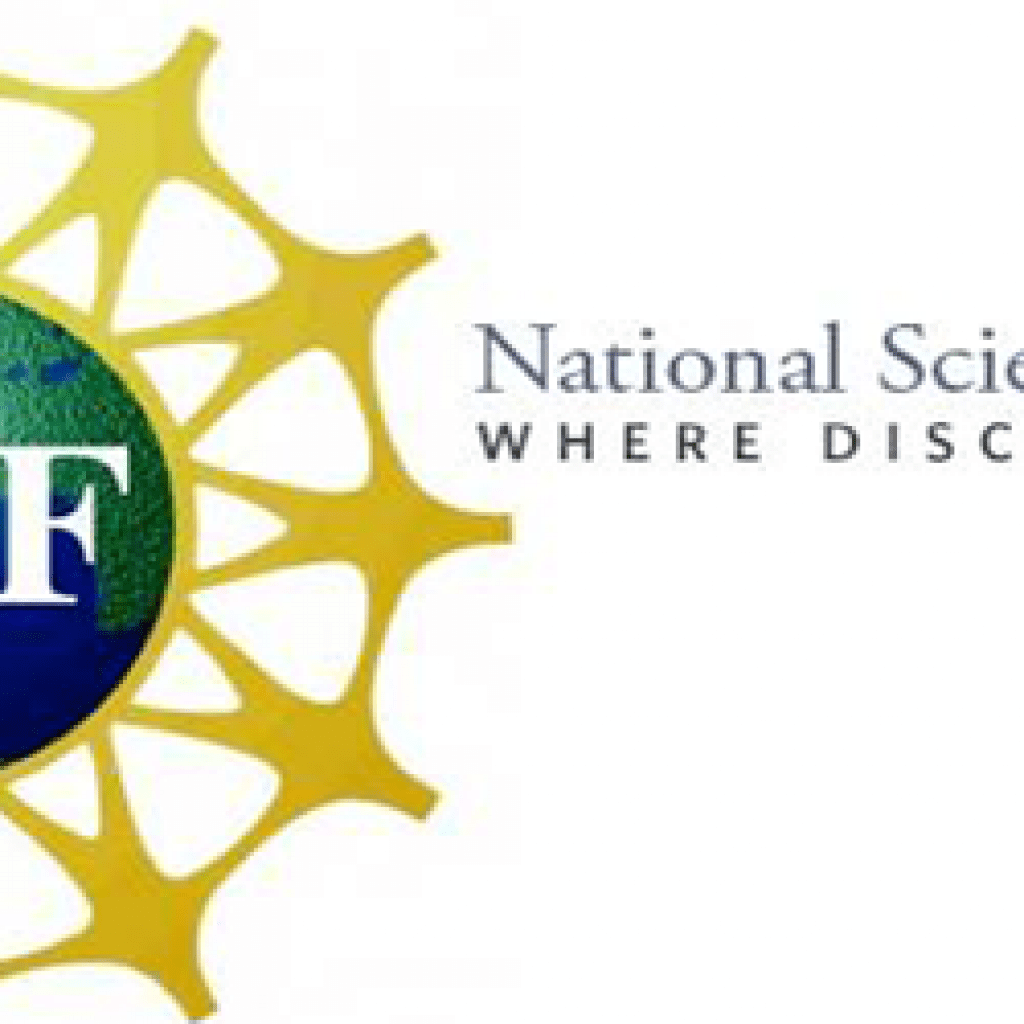(HPCWire) Educators and leaders in quantum information science came together recently to discuss the future of quantum education in the US at a workshop called “Quantum Workforce: Q-12 Actions for Community Growth.”
“Education and outreach are necessary for success, and over the past year, we have seen some extraordinary achievements,” said National Science Foundation (NSF) Director Sethuraman Panchanathan in his opening remarks. “From the provision of high-quality QIS information and tools for K-12 educators and students, to the development of QIS frameworks that identify core concepts necessary for pre-college students, we are helping to inspire the future leaders and thinkers of a growing quantum information science community.”
The workshop was hosted by the White House Office of Science and Technology Policy’s (OSTP) National Quantum Coordination Office (NQCO) and the NSF, in coordination with the National Q-12 Education Partnership, anchored by Q2Work, an NSF-funded program led by Chicago Quantum Exchange (CQE) members, including Emily Edwards from the University of Illinois Urbana-Champaign (UIUC) and Diana Franklin from the University of Chicago (UChicago), as well as Chandralekha Singh from the University of Pittsburgh.
The workshop featured several speakers associated with the CQE, including Edwards and Franklin, as well as Mallory Conlon from the University of Wisconsin and Michael Colosimo from CQE partner, Intel. All presented on the community efforts of the Q-12 Partnership to bring quantum to students. CQE members and partners, including Franklin, Brian Ingmanson from IBM, and Becky Thompson from Fermi National Accelerator Laboratory (Fermilab), also moderated closed breakout sessions to advance formal and informal quantum education activities as well as communicate to the broader public.
During the event, OSTP’s NQCO and NSF released the National Strategic Plan for Quantum Information Science and Technology Workforce Development, which laid out recommended actions to build the nation’s quantum information science and technology (QIST) and ensure that workforce is diverse, inclusive, and sustainable. The plan also referenced several members of the CQE and educational programs, which span from K-12 through post-graduate certificates aiming to help develop a quantum-ready workforce.
According to the National Strategic Plan, quantum institutes and centers “play an outsized role in training the workforce, developing education materials and pathways, and performing public awareness campaigns at all levels.” It cites several centers run by CQE members: the NSF Quantum Leap Challenge Institutes Hybrid Quantum Architectures and Networks (HQAN), led by UIUC; Quantum sensing for Biophysics and Bioengineering (QUBBE), led by UChicago, as well as the Department of Energy National Quantum Information Science Research Centers Q-NEXT, led by Argonne National Laboratory, and Superconducting Quantum Materials and Systems (SQMS), led by Fermilab.
The plan also referenced the Certificate Program in Quantum Engineering and Technology, offered through UChicago’s Pritzker School of Molecular Engineering and managed by the CQE, as an example of a post-secondary training program. The report summarizes that these kinds of training programs “may have the greatest impact on the quality and adaptability of the U.S. QIST workforce.”
One of the recommended actions in the plan called for making careers in QIST “more accessible and equitable.” In this recommendation, the Open Quantum Initiative Workshop — hosted in September 2021 by a group of researchers, educators, and leaders among the CQE that champions diversity, equity, and inclusion in quantum science — was cited when the plan advised that the QIST community should ensure equity policies are being translated into practice.
The Quantum Workforce: Q-12 Actions for Community Growth
